#practice material
Explore tagged Tumblr posts
Text

257 notes
·
View notes
Text

Bunny Dragon!
#liteeart#0505#may 2025#sona#dragon#furry#more reflective material practice! pretty happy with how it turned out!#i also really like the outfit... gotta incorporate a hoodie whenever possible pff
4K notes
·
View notes
Text
OP was inspired by Middle Eastern cosplayers and made a magenta wig and a electric blue wig for cultural or practical needs (cr 神威加农炮)
#china#video#cosplay#fashion#wig#crafts#xiaohongshu#op says she saw videos of muslim girls in middle eastern countries cosplay and the cosplayers say the hair can't be shown#so these wigs can be really practical#and there are many muslim girls in northwestern china#the material seems different tho this one appears to be a type of non-woven fabric
1K notes
·
View notes
Text
this turned out too good I just had to post it so pls read the gray text thank you
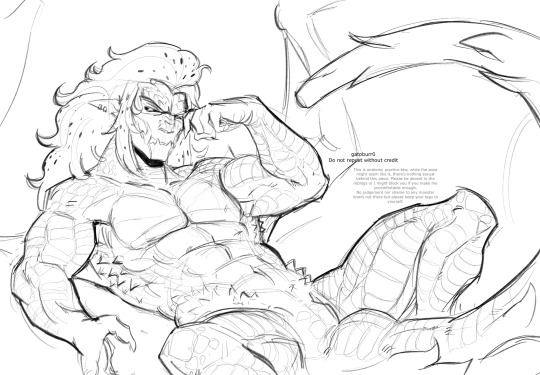
#doodles#practice#art#my art#fanart#original art#crk#crk art#crk pitaya dragon#pitaya dragon cookie#pitaya cookie#pitaya dragon crk#pitaya dragon cookie crk#this is also reptile anatomy so I’m not tagging this as nudity#burro why are you so paranoid about it it’s no big deal#yeah it kinda is lol I want to keep my blog sfw and this could be easily misinterpreted as gooning material
762 notes
·
View notes
Text
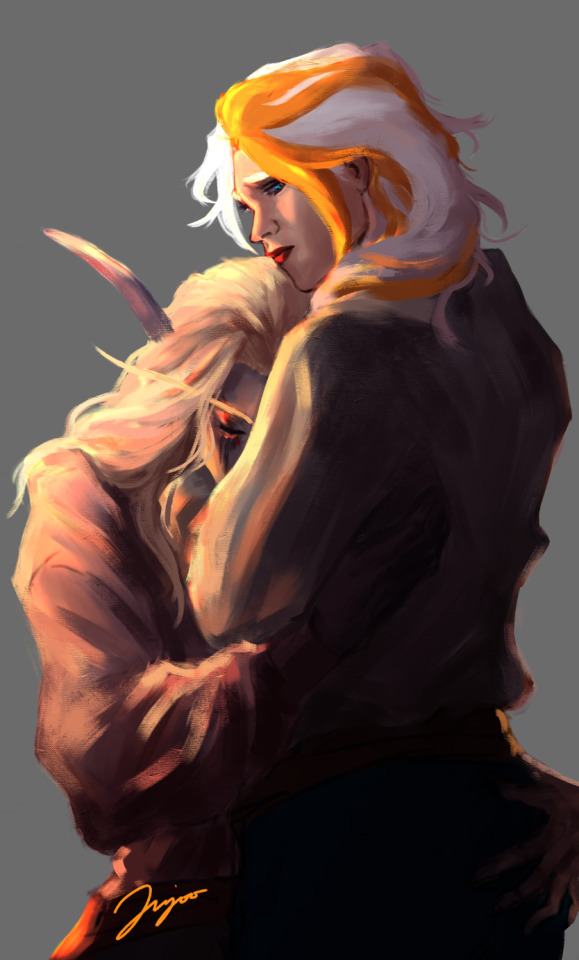
Forgiveness.
It's complicated when you're not over all of it but you're over enough of it for face in boobs hand on butt.
#world of warcraft#sylvanas windrunner#jaina proudmoore#sylvaina#mine#just more practice#yes this is post slands#i just think it's important to engage honestly with the source material at some point#otherwise there's no way for the ship to move on
292 notes
·
View notes
Text
occasionally i encounter posts about people using like. language learning apps and figuring out their reading level and it's like okay yeah that probably is easier than going on internet archive sorting by language picking an article and/or textbook that seems interesting and then pausing every two seconds to look up words but i've chosen the hard road and i'm sticking with it 👍
#language learning#langblr#is that a thing?#the actual reason i'm practicing my russian on random soviet-era articles is 1) the thing i need it for is soviet-era articles#and 2) even though it's a massive pain in the ass being interested in the reading material does actually make me practice consistently#the current one is from 1964 (final year of the khrushchev thaw) which is a little past when i study (stalinist period)#there's this kind of implicit what we had before wasn't *really* communism. now we're building communism#but without mentioning any of the before explicitly
189 notes
·
View notes
Text
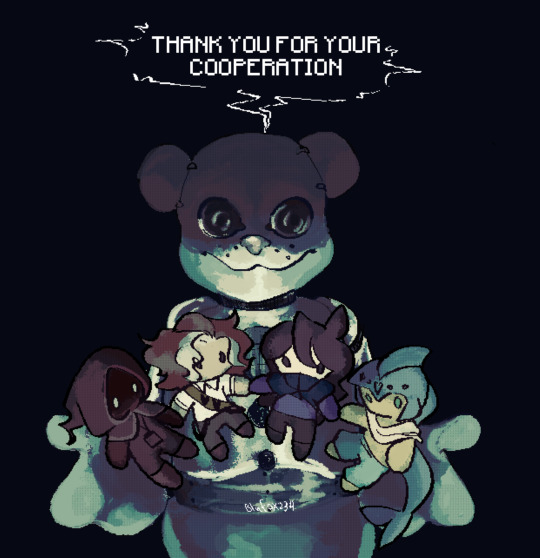
disfruta deez nuts
#qsmp#qsmp fanart#qsmp cucurucho#qsmp osito bimbo#my art#blusart#qsmp jaiden#qsmp cellbit#qsmp badboyhalo#full render#qsmp foolish#kinda full render#the jaidens#look at me i made art FINAlly jesus#tried to practice on making different materials idk how well i did#artists on tumblr#digital art
3K notes
·
View notes
Note
how do you come up with the ways cultures in your setting stylize people/animals/the world in general in their artwork, i.e. jewlery, rock carvings, statues, etc? Each culture in your world seems to have a very unique "art style" and I love it a lot - makes them seem that much more 'real'. This is something I struggle with a lot in my own worldbuilding and I'd love to pick your brain if possible 😁
I think a starting point is to have a research process based in the material realities of the culture you're designing for. Ask yourself questions like:
Where do they live? What's the climate/ecosystem(s) they are based in? What geographic features are present/absent?
What is their main subsistence method? (hunter gatherer, seasonal pastoralist, nomadic pastoralist, settled agriculturalist, a mix, etc)
What access to broader trade networks do they have and to whom? Are there foreign materials that will be easily accessible in trade and common in use, or valuable trade materials used sparingly in limited capacities?
Etc
And then do some research based on the answers, in order to get a sense of what materials they would have routine access to (ie dyes, metal, textiles, etc) and other possible variables that would shape how the art is made and what it's used for. This is just a foundational step and won't likely play much into designing a Style.
If you narrow these questions down very specifically, (ie in the context of the Korya post- grassland based mounted nomads, pastoralist and hunter-gatherer subsistence, access to wider trade networks and metals), you can direct your research to specific real world instances that fit this general idea. This is not to lift culturally specific concepts from the real world and slap them into your own setting, but to notice commonalities this lifestyle enforces - (ie in the previous example- mounted nomadic peoples are highly mobile and need to easily carry their wealth (often on clothing and tack) therefore small, elaborate decorative artwork that can easily be carried from place to place is a very likely feature)
For the details of the art itself, I come up with loose 'style guides' (usually just in my head) and go from there.
Here's some example questions for forming a style (some are more baseline than others)
Are geometric patterns favored? Organic patterns? Representative patterns (flowers, animals, stars, etc)? Abstract patterns?
Is there favored material(s)? Beads, bone, clay, metals, stones, etc.
When depicting people/animals, is realism favored? Heavy stylization? The emotional impression of an animal? Are key features accentuated?
How perspective typically executed? Does art attempt to capture 3d depth? Does it favor showing the whole body in 2 dimensions (ie much of Ancient Egyptian art, with the body shown in a mix of profile and forward facing perspective so all key attributes are shown)? Will limbs overlap? Are bodies shown static? In motion?
Does artwork of people attempt to beautify them? Does it favor the culture's conception of the ideal body?
Are there common visual motifs? Important symbols? Key subject matters?
What is the art used for? Are its functions aesthetic, tutelary, spiritual, magical? (Will often exist in combination, or have different examples for each purpose)
Who is represented? Is there interest in everyday people? Does art focus on glorifying warriors, heroes, kings?
Are there conventions for representing important figures? (IE gods/kings/etc being depicted larger than culturally lesser subjects)
Is there visual shorthand to depict objects/concepts that are difficult to execute with clarity (the sun, moon, water), or are invisible (wind, the soul), or have no physical component (speech)?
Etc
Deciding on answers to any of these questions will at least give you a unique baseline, and you can fill in the rest of the gaps and specify a style further until it is distinct. Many of these questions are not mutually exclusive, both in the sense of elements being combined (patterns with both geometric and organic elements) or a culture having multiple visual styles (3d art objects having unique features, religious artwork having its own conventions, etc).
Also when you're getting in depth, you should have cultural syncretism in mind. Cultures that routinely interact (whether this interaction is exchange or exploitation) inevitably exchange ideas, which can be especially visible in art. Doing research on how this synthesizing of ideas works in practice is very helpful- what is adopted or left out from an external influence, what is retained from an internal influence, what is unique to this synthesis, AND WHY. (I find Greco-Buddhist art really interesting, that's one of many such examples)
Looking at real world examples that fit your parameters can be helpful (ie if I've decided on geometric patterns in my 'style guide', I'll look at actual geometric patterns). And I strongly encourage trying to actually LEARN about what you're seeing. All art exists in a context, and having an understanding of how the context shapes art, how art does and doesn't relate to broader aspects of a society, etc, can help you when synthesizing your own.
#I have a solid baseline because I like learning about history so don't do this like. Full research process every time. It's just the gist#of what the core process is.#I think I've gotten a similar question about clothing in the past that I never answered (sorry) so yeah this applies to that as well#Though that involves a heavier preliminary research end (given there are substantially more practical concerns that shape the#making of clothing- material sources they have access to (plant textile? wool? hide? etc). The clothing's protective purpose (does#it need to protect from the sun? wind? mild cold? extreme cold?). Etc#Also involves establishing like. Beauty conventions. Gendered norms of dress. Modesty conventions. Etc#I think learning about the real world and different cultures across history is like. The absolute most important thing for good#worldbuilding. And this means LEARNING learning. Having the curiosity to learn the absolute myriad of Things People Do#and Why We Do Them and how we relate to shared aspects of our world. The commonalities and differences. I think this is like...#Foundational to having the ability to synthesize your own rather than just like. copy-pasting concepts at random
373 notes
·
View notes
Text
Me, who barely has any free time cuz of work: what if I tried doing doll customisation... 🤔
#Girl what are you on about!!#But It does sound fun...#I could try buying a used doll for cheap and making it into my sona....#I could try making the hair out of some kinda clay material cuz I'm not gonna try rerooting...#I don't have any materials or practice I just know this doll will look like arse if I try this.. But#It sounds fun....#The biggest problem is. The job.#I will prolly lose interest in this once I do have free time too smh I just know it....#But who knows...#I was also thinking of making a lil plush... Sewing isn't That hard but still. Challenging#As always ofc I only get these moments of motivation when I'm bored at work#But who knows... Maybe if the stars align and I will actually have free time and my parents won't be home I could try making something...#Like I did once had a sudden urge to do traditional art. And I did it! so maybe this could happen too#Could be fun to try and make a plush of my sona using whatever I have on hand hehe
101 notes
·
View notes
Text
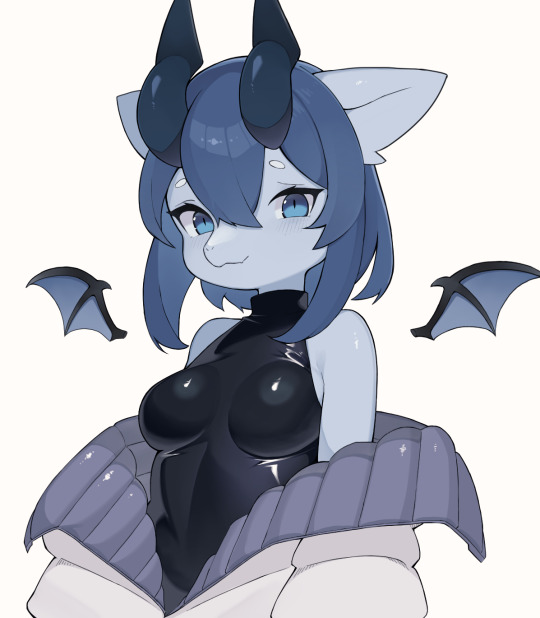
Reflective material practice
#liteeart#0511#may 2024#sona#dragon#furry#wanted to practice focusing on it cus sometimes I feel the material doesn't look as they should
1K notes
·
View notes
Text
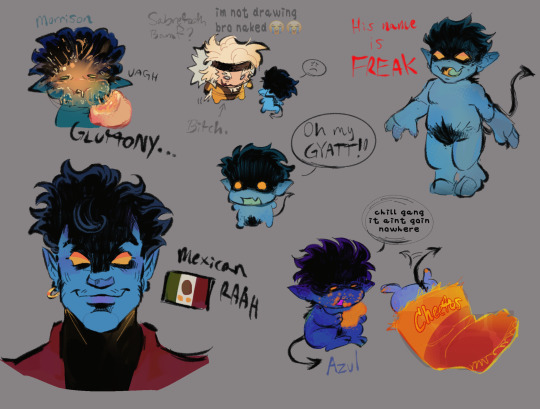
@swarmishstrangers gave me worms
#needed to practice doodles and bamfs were the easiest way to go. what gross little freaks of material and greed i hate them#marvel#xmen#x men#x men 97#kurt wagner#nightcrawler#bamf#sabretooth#<- literally just a tiny bamf doodle of him but whatev idk man#doodles#eater art
292 notes
·
View notes
Text

My (for now) definitive Primarch fuck, marry, kill tier list. I will take questions
#I tried to be practical with the placements#love Curze but he is not husband material#I did let my personal judgment cloud some of this#*cough* Horus *cough*#warhammer 40k#wh40k#warhammer 30k#wh30k#Primarchs#konrad curze#corvus corax#jaghatai khan#robute guilliman#vulkan#magnus the red#fulgrim#ferrus manus#horus lupercal#sanguinius#lion el'jonson#lorgar aurelian#leman russ#mortarion#angron#rogal dorn#perturabo#alpharius omegon
65 notes
·
View notes
Text

this was supposed to be a comp for a traditional piece, but turns out i still like this version better than the one i traditionally painted
#vasira arts#girl who doesn't use traditional materials often prefers the look of the art she actually has practice making#shocking#(sarcasm)#illustration#a little early for mermay but i never posted this version i don't think#and i crave attention and validation
298 notes
·
View notes
Text

Sharktober day 5 - candy shark
Who wants a fruit gummy shark?
#sharktober#sharktober 2023#shark#whale shark#food#candy#gummy#fruit gummy#artists on tumblr#artwork#my art#digital art#digital painting#cute#illustration#digital illustration#colorful#1k#so i specifically painted gummy sharks for the candy shark prompt bc i wanted to practice painting subsurface scattering in gummies#and similar materials#but also i started playing disgaea 5 recently and i've been looking at takehito harada's art and i adore his coloring#and i kinda wanted to emulate that#or at least experiment with it
1K notes
·
View notes
Text
why do anti-jason fans always have an opinion on his characterization and how we write him in fanfic as if they've read anything beyond comics where his character is completely assassinated and written by individuals who despise him?
"you're not actually a jason fan if you remove everything that he's done in canon"
answer me truthfully: would you accept a comic as canon if it was written by someone who hates your favourite character? i'm not a tim fan so i'd mess up his entire storyline if i wrote a comic for him. would you read that and happily accept it as canon? because i assure you that i'd purposely mess his entire character up just because i dislike him. it would be full of bias because i don't understand his character as well as an actual tim fan does. would you still accept this comic as canon?
literally the majority of jason comics are written by people who don't like him and don't even know his source material. why shouldn't we nitpick what we wanna accept as canon??
#this post was brought upon by anti jason bs in the tag#we are tired people!!!!!!#please let jason fans enjoy things#antis are genuinely infuriating like please calm down and interact with other material#nobody is forcing you to read jason fics#i assure you that your fav batfam character has amazing fics where your fav isn't ruined to make everyone else look good#why do you have such a strong stance on something when you don't even fully understand it#let's practice peace of mind and interact with things we like so we don't lose it#jason todd#red hood#anti tim drake#just because i don't want tim fans to stumble upon tim hate by accident
300 notes
·
View notes